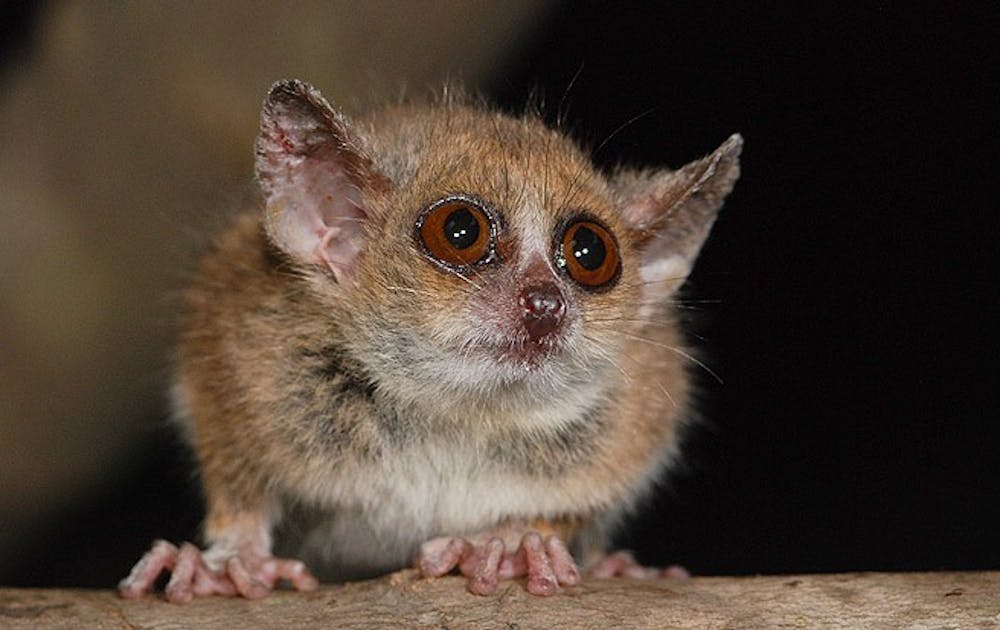Using DNA analysis, a team of researchers that includes Anne Yoder, director of the Lemur Center, has discovered two new species of mouse lemurs.
In a recent study, Yoder and other scientists from Madagascar and Germany identified the Anosy mouse lemur and Marohita mouse lemur as two distinct mouse lemur species. The two lemurs, which look almost physically identical, were found to be different species through the genetic analysis of skin samples. With this new finding, there are now 20 recognized mouse lemur species, making them the most diverse groups of lemurs.
Mouse lemurs are nocturnal lemurs native to Madagascar known as one of the smallest primates in the world. According to the study, the Marohita mouse lemurs observed in the study weighed from 64 to 85 grams, which is roughly 2.25 to 3 ounces—approximately the weight of a deck of cards.
“It is highly unusual to describe new species of primates in this age of global travel and consequent access to remote areas of the planet,” Yoder, also a professor of biology, wrote in an email Tuesday. “That said, the number of described lemur species has more than tripled in the last 10 years.”
Yoder also cited the dramatic increase in the identification of lemur species, noting that there were only two recognized species of mouse lemurs in 1993 while there are 20 species today.
The study, which is the first to formally name and describe the mouse lemurs as separate species, uses DNA samples of lemurs collected by researchers during field trips to eastern Madagascar in 2003 and 2007.
The discovery of the new species also sheds light on the issue of deforestation in Madagascar, which is an ongoing threat for native lemur species, said Chris Smith, education specialist at the Duke Lemur Center.
The Lemur Center is developing educational programs in northeast Madagascar, Smith noted. The programs are designed to bring local youths to national parks, so they can learn more about the animals.
“We are working on environmental education so that the students can actually see what is happening,” Smith said. “Hopefully, this will build an awareness of what’s being lost.”
Smith added that the Lemur Center is also working on using freshwater fish farms as an alternative to bushmeat hunting, the practice of killing lemurs for food. The goal is to use fish as a sustainable protein source instead of hunting wild lemurs, which has been documented ever since the first long-term lemur studies began in the 1960s.
The discovery of the new species may also play a role in medical research such as the study of Alzheimer’s disease, said Erin Ehmke, research manager at the Lemur Center. The center is currently home to the largest colony of grey mouse lemurs in North America, a close relative of the two newly identified species.
The study was published in the March 26 issue of International Journal of Primatology.
Get The Chronicle straight to your inbox
Sign up for our weekly newsletter. Cancel at any time.

